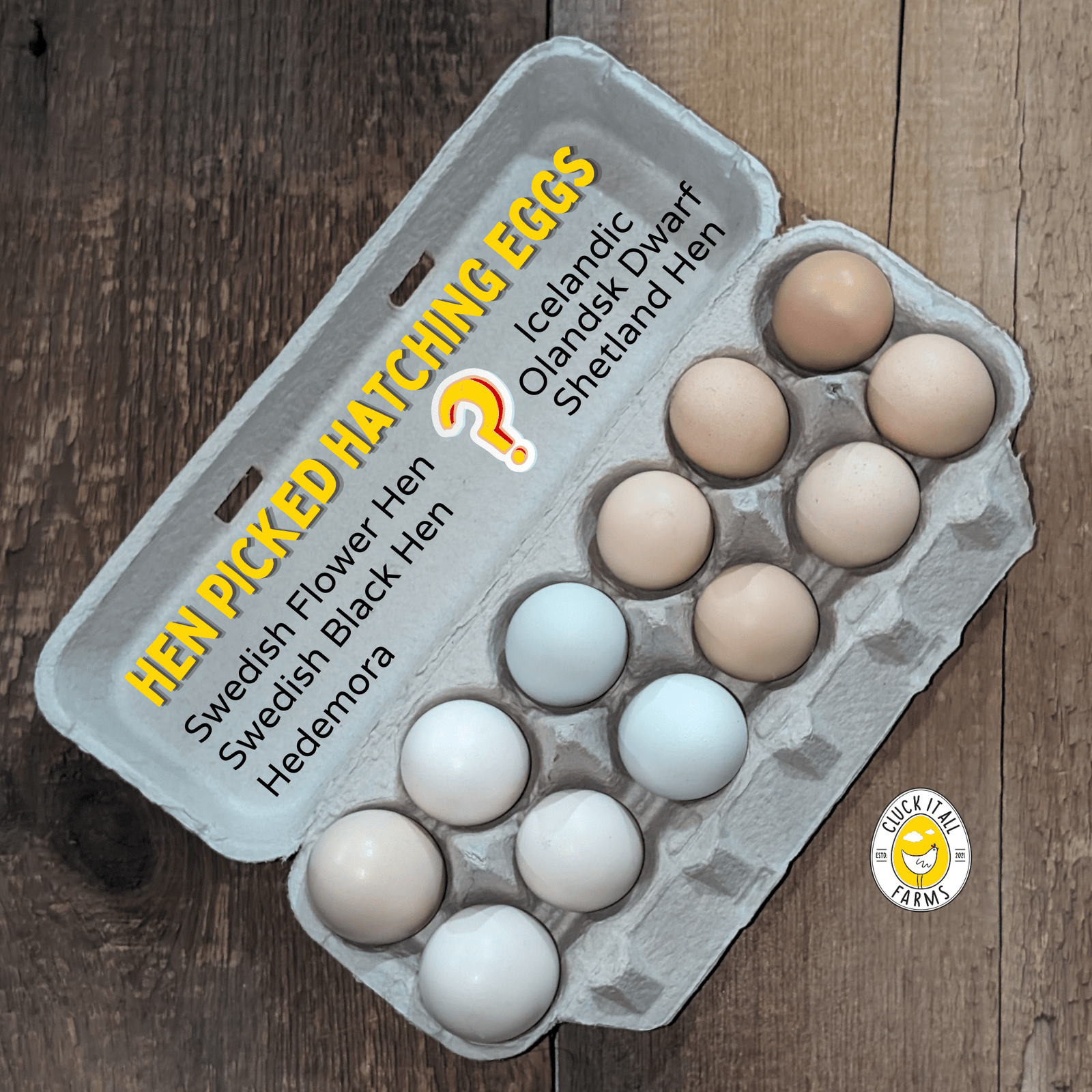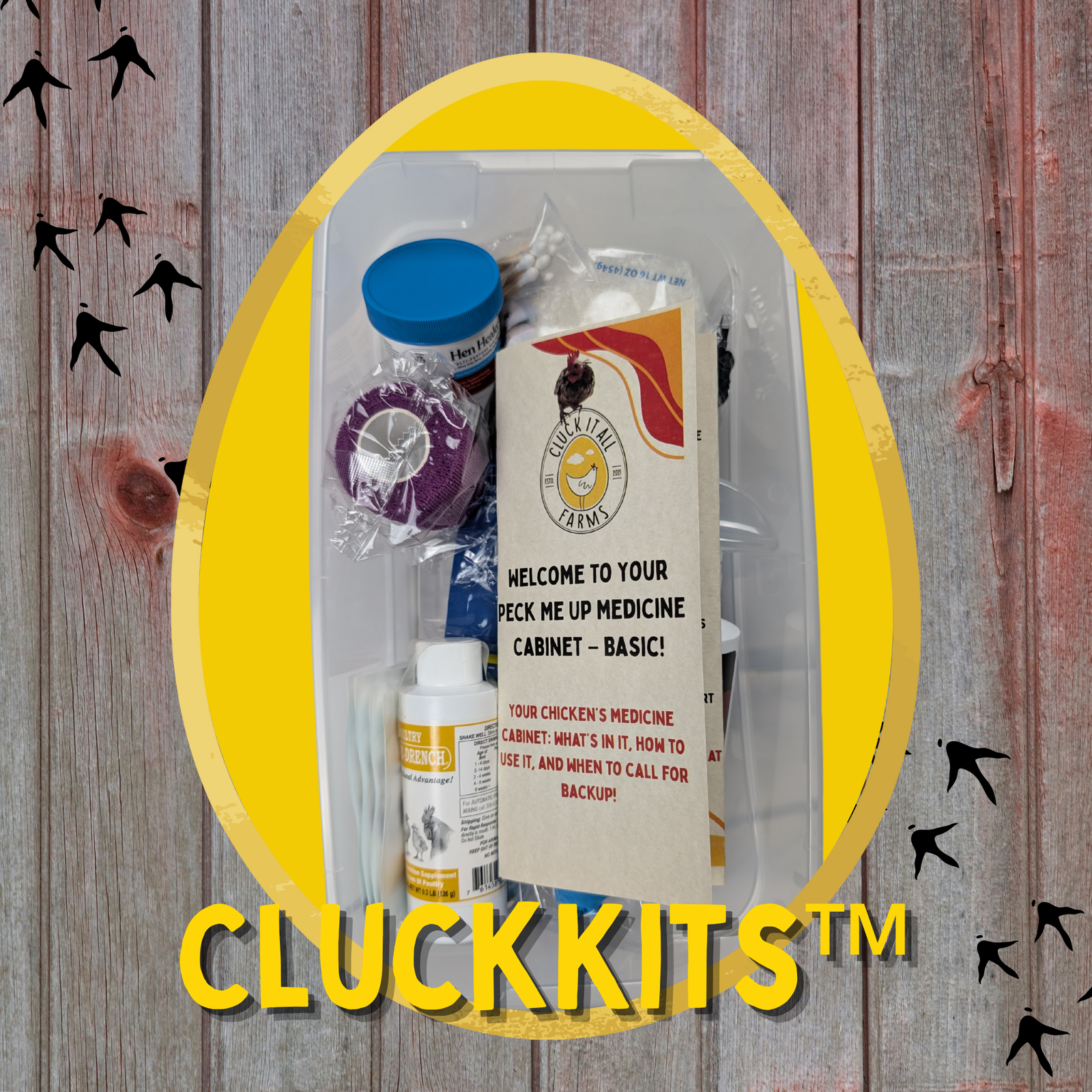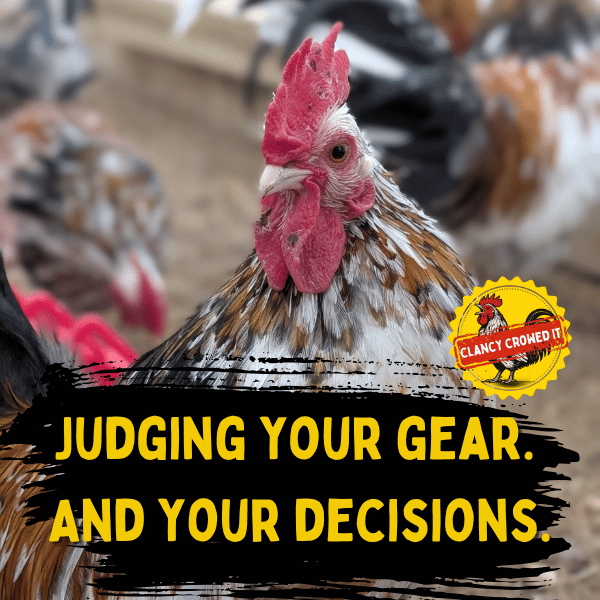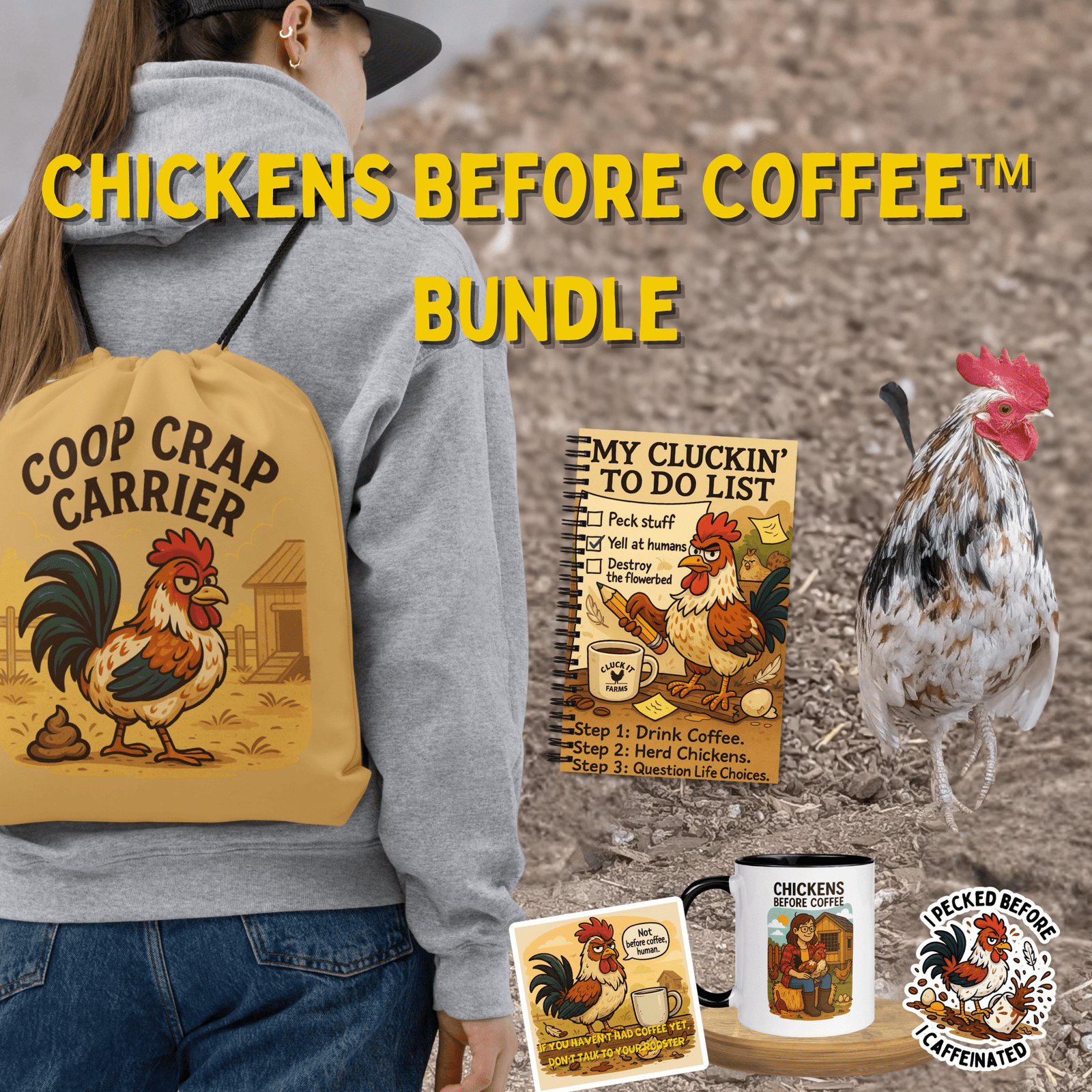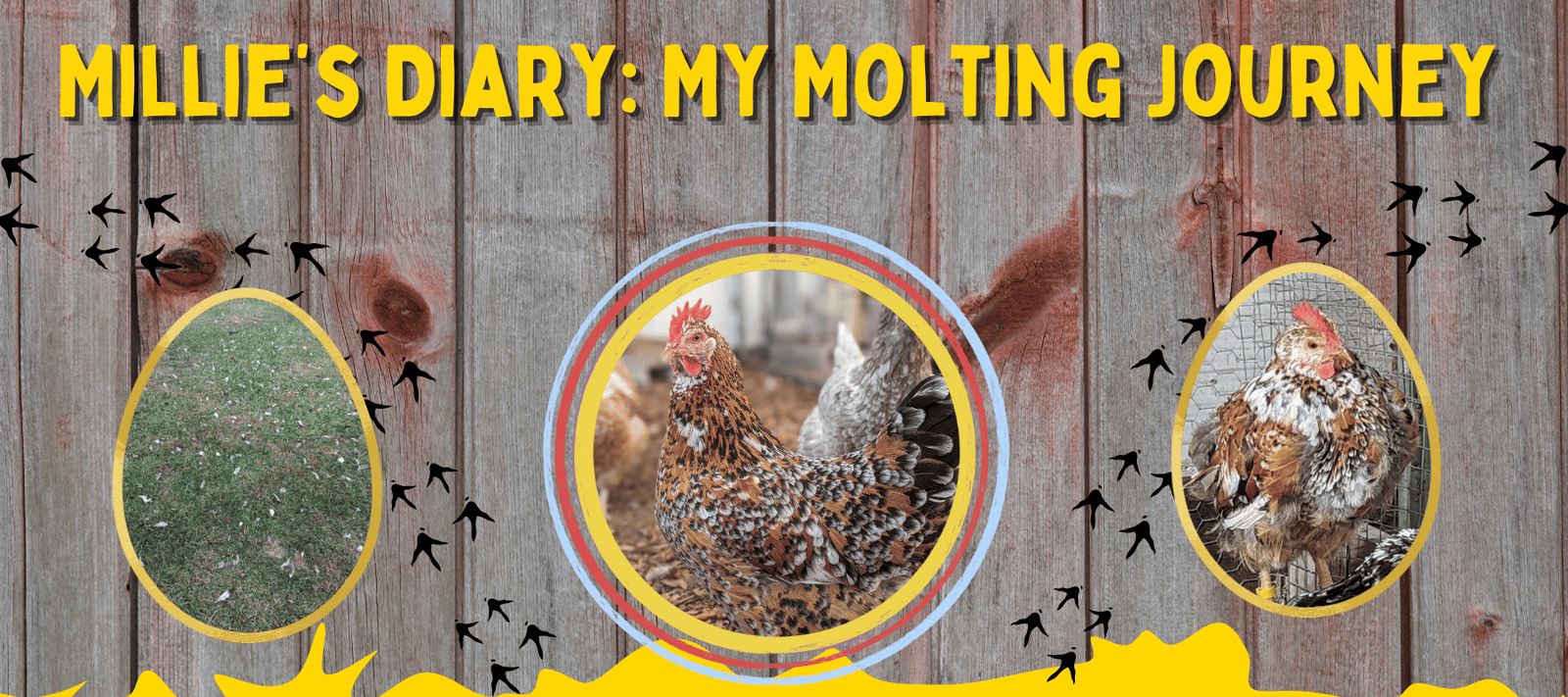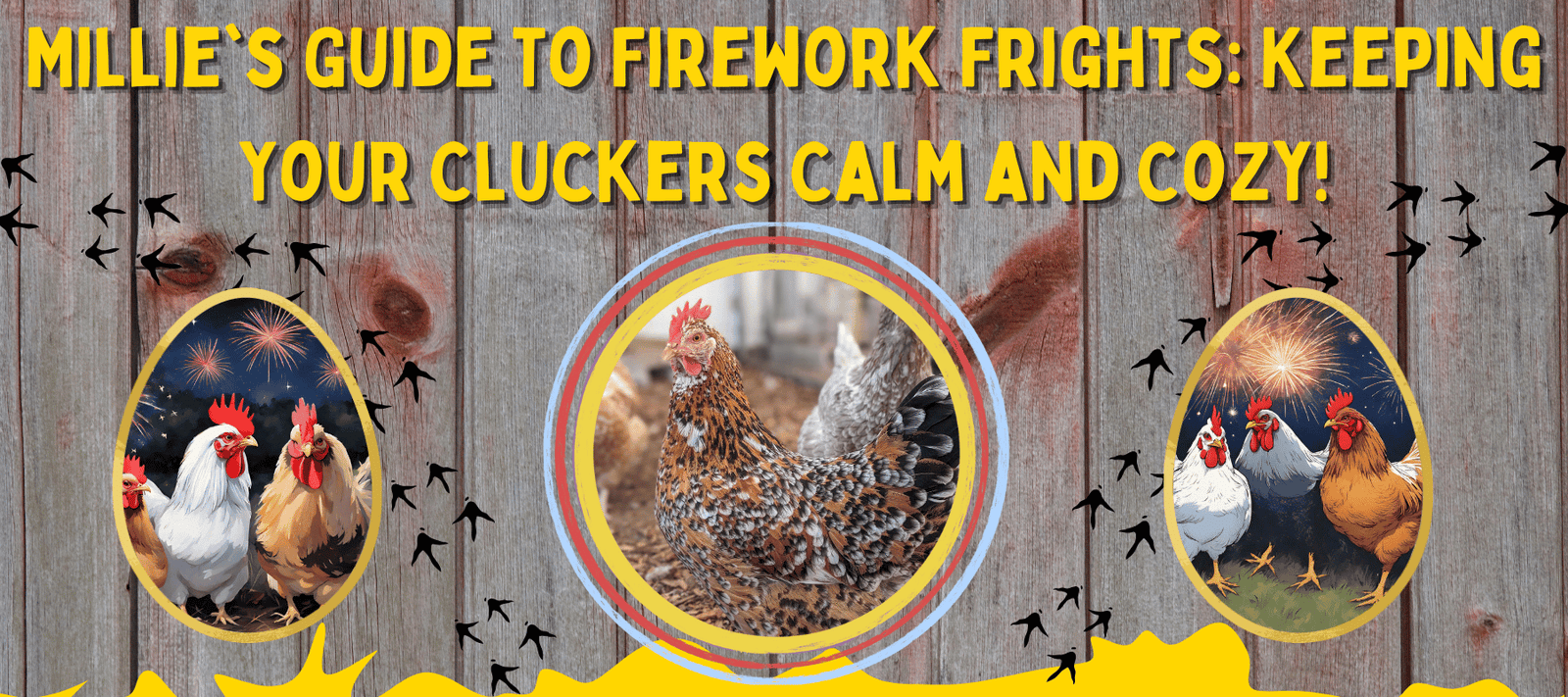Hey everyone, it's Millie again, your resident egg-spert on all things chicken! Today, I've got something a little more serious to chat about. But don't worry, I'll keep it fun! We're talking parasites—those pesky little buggers that just won't let us chickens live our best life. So let's cluck right into it!
Why Scratch When You Can Chill?
You might be wondering, why should you, a fabulous feathered friend or their human guardian, be concerned about parasites? The answer is simple: A scratchy chicken is an unhappy chicken, and chicken health is super important for a flourishing flock. Plus, it's not just us—parasites can harm egg quality, too. Nobody wants to be itchy, irritable, and laying subpar eggs. Nope, not on my watch!
Meet the Uninvited Guests—Mites, Lice, and Worms, Oh My!
Today, we're going to cover a wide array of little critters that like to move in without asking. Rude, right? Let's get to know these pesky parasites:
- Red Mites (Roost Mites): These guys are nocturnal and feed on us while we're trying to catch some beauty sleep. Ugh, the nerve!
- Northern Fowl Mites: Unlike their red cousins, these mites don't take breaks. They're on us 24/7, causing constant irritation and feather loss.
- Scaly Leg Mites: These buggers get under the scales on our legs and feet, making us walk like we've got two left feet
- Depluming Mites:Talk about a bad hair day, these mites burrow into the feather shafts, causing us to lose feathers and itch like crazy.
- Chicken Lice: Unlike human lice, chicken lice just munch on our feathers and dead skin. Still, yuck!
-
Internal Parasites: Roundworms and tapeworms that make our insides their homes. Double yuck!

The Mite-Busting Toolkit—Treatments for Every Tiny Terror
Alright, now we're at the good part—kicking those pesky mites to the curb! Here’s how to treat each of those little varmints depending on who they are:
-
Red Mites: Permethrin or Spinosad is a fantastic option for red mites. Spray it all over the coop, focusing on nooks and crannies where these nocturnal nuisances like to hide during the day. Remember, always read the instructions to ensure it's safe for us cluckers.
-
Northern Fowl Mites: You can use both permethrin and Spinosad for these annoying around-the-clock freeloaders. Spraying Spinosad directly on us is an effective way to send them packing. But do make sure you follow the recommended guidelines to avoid any side effects.
-
Scaly Leg Mites: These tricky mites hiding under our leg scales can also be treated with permethrin. Gently rub the product into our legs, and you'll see improvements in no time. Again, always adhere to the recommended dosage and safety instructions. Petroleum jelly can also be used to suffocate the mites. Be sure to check legs often to be sure you have them treated.
-
Depluming Mites: These feather-burrowing nightmares are a little trickier. Usually, a trip to the vet for antiparasitic injections is the way to go, but you could consider using Spinosad as well for topical treatment, after consulting your vet of course!
And let's not forget about preventive measures! One of the best ways to keep all these mites away is—ta-da—a dust bath! Trust me; it's like a spa day for us but a horror movie for the mites. A little sand, a little dirt, and maybe some wood ash in a dry spot make for the perfect anti-mite haven.
Lice, and How to Put Them on Ice
Lice are another nuisance that can be dealt with effectively. Special poultry dusting powders are available that can be sprinkled on our feathers. Don't forget under the wings! These powders are generally safe and effective. And remember, cleanliness is next to chicken-ness. Keeping the coop clean can prevent lice from making a comeback.Internal Invaders Unveiled—Common Types of Internal Parasites
Alright, my clucktastic comrades, it's not just about our external beauty; it's what's inside that counts, too. Unfortunately, sometimes what's inside are pesky internal parasites. Yuck, I know! Let's break them down:
-
Roundworms: These wiggly nuisances love to hang out in our intestines. Symptoms can include lethargy and reduced egg-laying.
-
Cecal Worms: These guys like to shack up in our ceca (a part of the intestine), and while they're usually less harmful, they can be a bother.
-
Gapeworms: These reside in our trachea and can make breathing difficult. You'll see us gaping and gasping if we've got these.
-
Capillary Worms: Found in various parts of our bodies, including the crop, gizzard, and intestine. These are less common but can be quite the annoyance.
-
Tapeworms: These flat, segmented worms can also find their way into our intestines and can sap our nutrients.
Okay, important announcement! You should never just randomly treat us for internal parasites. It's crucial to take a stool sample to a vet for diagnosis. The vet will tell you what types of internal parasites we might have and recommend the best treatment plan, whether that's a specific wormer or other medications.
So, we've done a full sweep—inside and out! Keeping an eye out for these internal and external freeloaders can keep us clucking happily and laying those prize-winning eggs. Always consult a vet, okay? Because remember, a healthy chicken is a happy chicken!
Dust Baths—Nature's Spa Day
Okay, let's talk some more about dust baths! These aren't just for combating mites; dust baths are a whole experience. They're not only a preventive measure against a host of external parasites, but they also make us feel clean and refreshed. Seriously, it's like a day at the spa but for chickens.

There you have it, my feathered friends and their doting humans! Parasites are a pain, but they don't have to take over our lives. A little bit of prevention, some cleaning, and occasional visits to the vet can go a long way in ensuring optimum chicken health.
Feathers up, beaks down, let's make this coop the best in town!
🐔🌼
Millie, the Swedish Flower Hen

